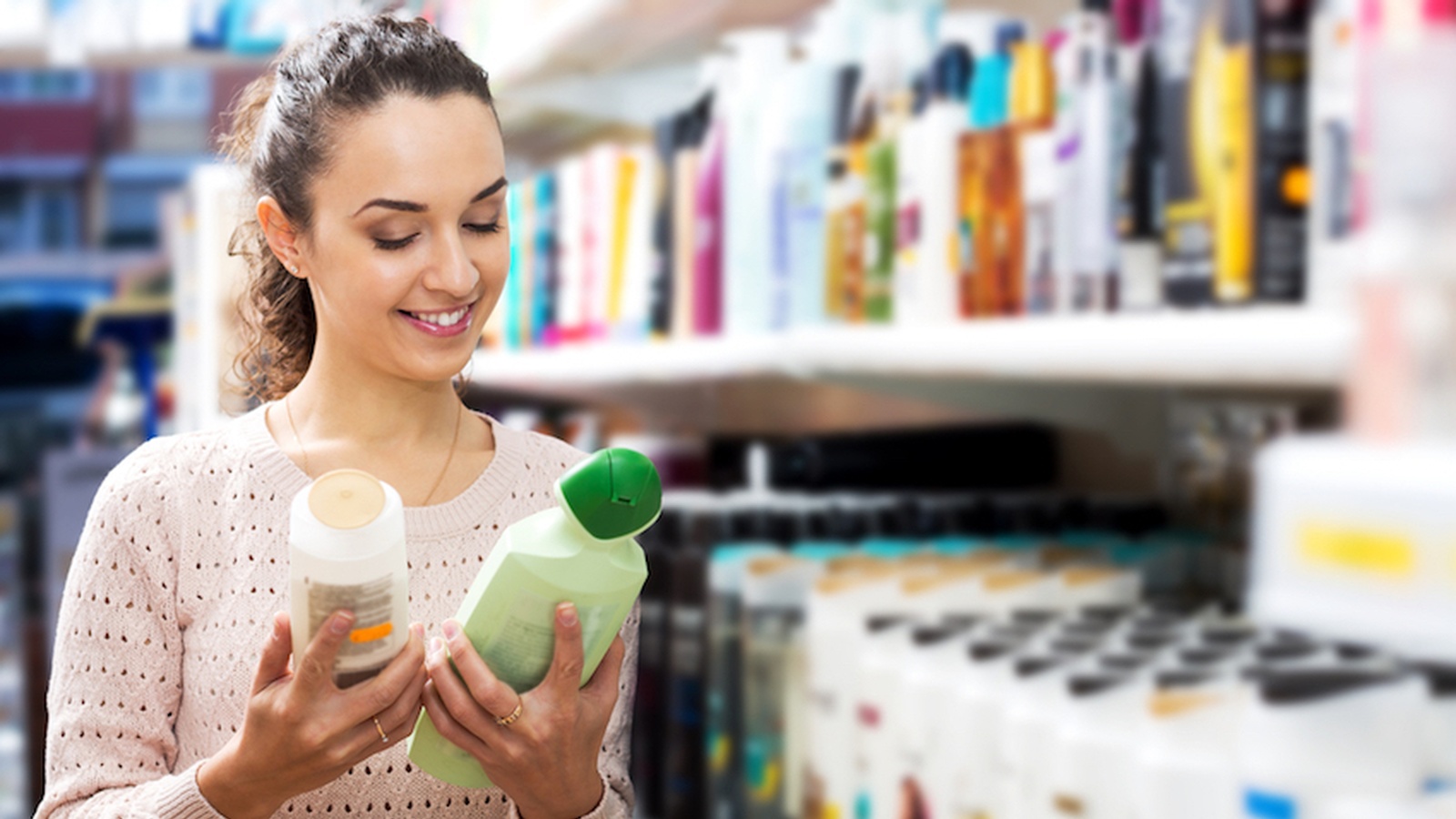Warning: Is Your Shampoo Harming Your Health?
Have you ever wondered what life would be like without shampoo? For some of us, that thought is the perfect plot for a horror movie, however, you may be surprised to know that commercial liquid shampoo has only been in production for around 100 years. So how did civilization “survive” for centuries without Pantene & Garnier? If you're willing to lend your imagination to a world free of sodium lauryl sulfate and formaldehyde, you'll find a very interesting story behind the humble origins of our most widely used hair care product.
A Brief History Of Chāmpo
The word "shampoo" was derived from the traditional Hindi word, "chāmpo", which was commonly used in reference to the professional service of providing head massages using combinations of herbal oils and fragrances. This particular style of personal hygiene was first observed by members of Western society in colonial India during the mid-1700s. The Anglo-Saxon word shampoo and the practice implied by it were then introduced in Britain by Bengali entrepreneur, Sake Dean Mahomed in 1814. Mahomed opened a shampooing bath known as ‘Mahomed’s Indian Vapour Baths’ in Brighton and offered remedial massages using various soap and shampoo products.
In the 1900s, the accepted definition of the word "shampoo" shifted from being the provision of massage service to the personal application of soap to an individual's hair. During the early stages of shampoo development, English hair stylists would boil shaved soap in water then add herbs to give the hair shine and fragrance. In 1927, the bottled liquid shampoo was invented by German inventor Hans Schwarzkopf in Berlin, whose surname was used for the famous shampoo brand that is still in production to this day. Up until the 1920s, soap and shampoo were very similar products; both containing surfactants, a type of detergent, and both being predominantly formulated from natural ingredients. Modern commercial shampoo as it is known today was first introduced in the 1930s with a product called Drene, the first synthetic (non-soap) shampoo. Since then, the quality of ingredients in our hair care products has spiraled steadily downwards.
Self Care... or Self Harm?
Some of today’s conventional hair products contain a cocktail of toxic ingredients that do nothing but harm our sensitive skin and hair. It's frightening to think that these products are so lightly regulated that we have been using them for generations not only on ourselves but on our children, too. Here are four of the main ingredients that you should avoid when choosing shampoo.
1. Sulfates
Everyone has heard of sulfates, and thankfully most natural hair care products now are proudly "sulfate-free". But what exactly are sulfates and why should we make a point of keeping them off our skin?
Sulfates are chemical detergents that are remarkably effective when it comes to removing dirt and oil… so effective that they can actually strip away the naturally occurring moisture and oils that keep our hair shiny and soft. Sulfates are particularly harsh on sensitive skin and can cause severe scalp irritation for some people.
2. Parabens
Another well-recognized commercial shampoo ingredient, parabens are a type of xenoestrogen; a synthetic compound with a similar composition to that of naturally occurring hormones found in our bodies. Xenoestrogens are believed to disrupt hormones, impact reproductive functions and may even pose a cancer risk.
3. Fragrance
Synthetic fragrances are really bad news. If the fragrances in your shampoo come from an organic, natural source such as essential oils, it will be indicated on the packaging. If the only reference to fragrances on the label is the word “fragrance,” then you need to put that nasty bottle back on the shelf.
The term “fragrance” in the U.S. allows manufacturers to omit any reference to the list of ingredients that they used to create the fragrance. So really, if “fragrance” is listed on a label, there’s no telling what the product contains. There are over 3,100 chemicals used by the fragrance industry to formulate these suspiciously delicious aromas, and most of them are not very human-friendly.
4. Polyethylene Glycol
Also known and listed as "PEG," this petroleum-based compound is commonly used to create a creamy texture in hair care products. The state of California has classified polyethylene glycol as a developmental toxicant that has the potential to interfere with natural human development. Some PEGs have also been contaminated with 1,4-dioxane, a carcinogenic compound that is known to cause organ toxicity and has been linked to cancer.
Haircare Hacks
There are quite a few amazing natural and organic skincare brands that choose to manufacture chemical and toxin-free shampoos and conditioners. A quick Google search for "natural organic shampoo" will give you plenty of options to choose from, but for those who are feeling a little more adventurous, why not try making your own with these simple household ingredients...
1⁄4 cup water or organic coconut milk
1⁄4 cup liquid organic castile soap
1 - 3 drops organic rosemary essential oil
1⁄2 tsp light organic vegetable oil (alternatives include argan oil, almond oil, coconut oil, avocado oil, jojoba oil or extra virgin olive oil)
Simply mix these ingredients together, put them into an empty shampoo bottle and shake well, then use in the same way that you would use regular shampoo. You can also adjust the amount of each ingredient to suit your unique hair; for example, if you naturally have oily hair, you may want to leave out the vegetable oil component in your first batch, then gradually add it in future batches if necessary.
BONUS: If you would like to find out just how healthy your hair is, you can take our 30-second Hair Health Quiz here.
Our all-time favorite skincare brand, Annmarie Skin Care has now created a natural shampoo. We love seeing more brands innovating natural beauty products. If you want to check it out, head here.
So What Products Do You Use In Your Hair? Share With Us In The Comments Below!
Do you have a passion for nutrition & natural healing?. Learn more about the Food Matters Nutrition Certification Program here.










